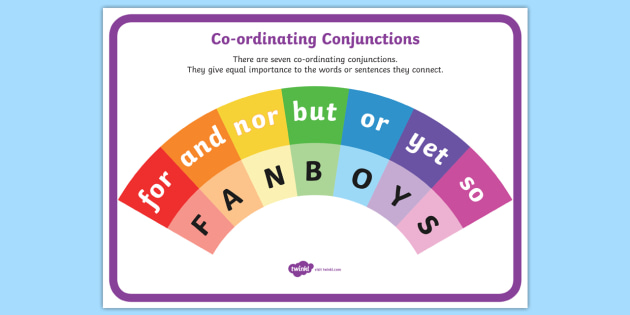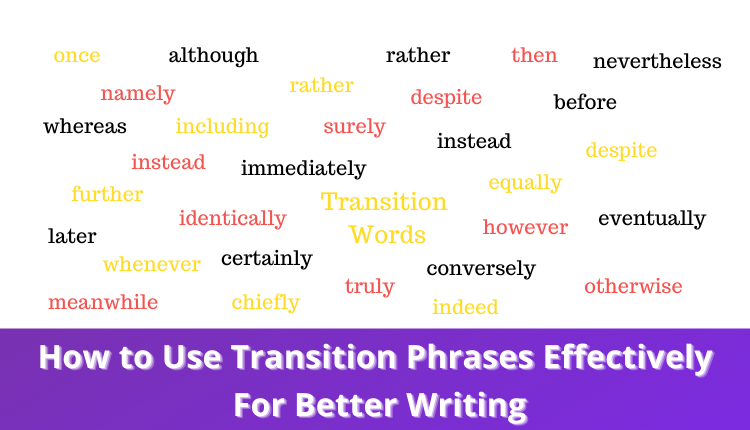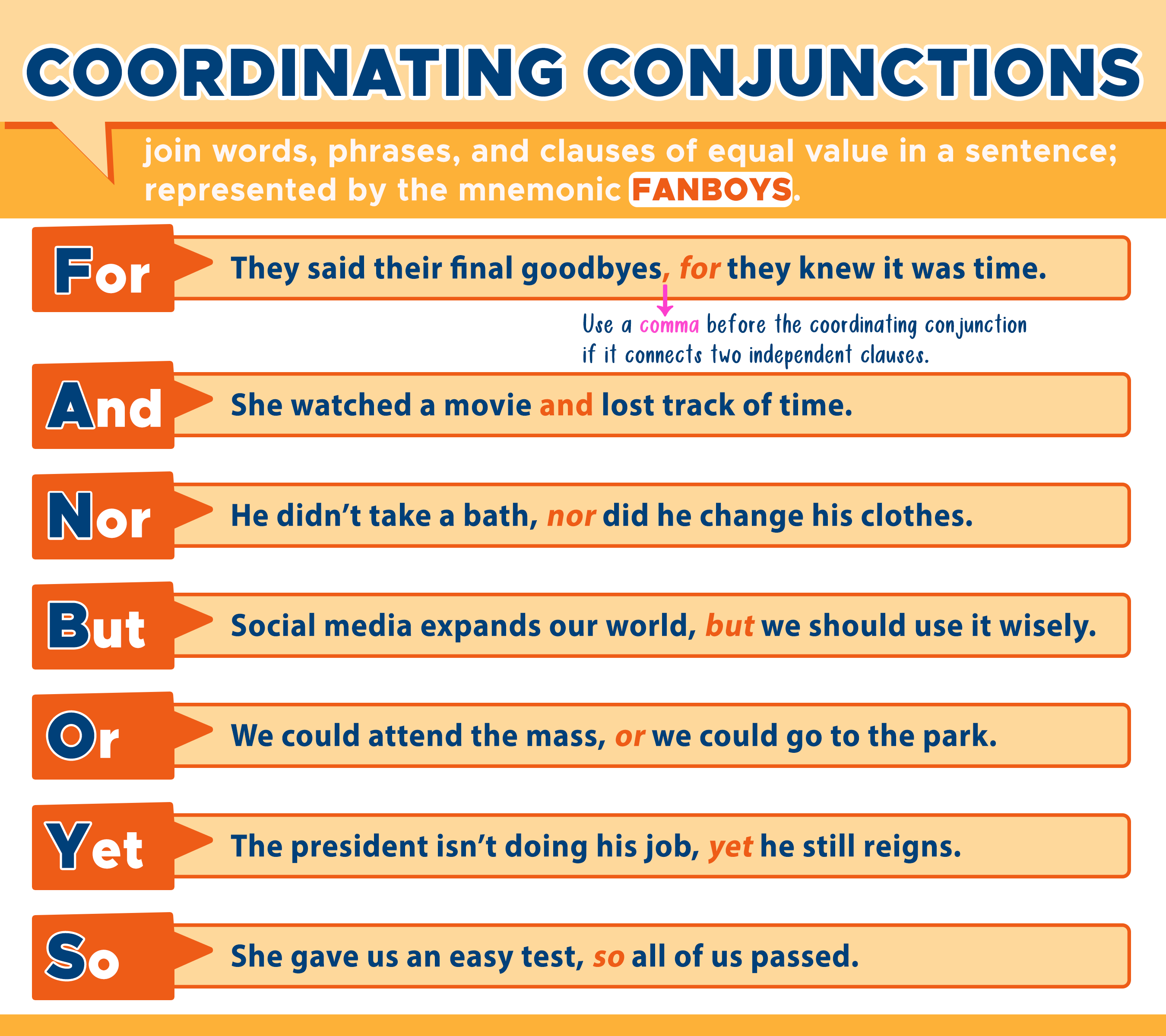Connecting sentences is an important aspect of effective writing in English. It helps to create coherence and clarity in your writing, and ensures that your ideas flow smoothly and logically from one point to the next. There are a variety of ways to connect sentences in English, and choosing the right method will depend on the specific context and the relationship between the ideas being expressed.
One common method for connecting sentences is the use of conjunctions. Conjunctions are words that join clauses or phrases together, and can be used to show a variety of relationships between ideas. For example, the conjunction "and" can be used to connect two ideas that are related and equally important, while the conjunction "but" can be used to show contrast or opposition between ideas. Other common conjunctions include "or," "so," "because," and "while." Using conjunctions effectively can help to create a cohesive and coherent text.
Another way to connect sentences in English is through the use of transitional words and phrases. These words and phrases signal to the reader the relationship between the ideas being expressed and help to guide them through the text. Some common transitional words and phrases include "however," "furthermore," "in addition," "on the other hand," and "as a result." Using transitional words and phrases effectively can help to create a logical and cohesive flow in your writing.
In addition to conjunctions and transitional words and phrases, you can also connect sentences by using pronouns. Pronouns such as "it," "they," and "this" can be used to refer back to ideas that have been previously mentioned, helping to create coherence in your writing.
Overall, connecting sentences in English is an important aspect of effective writing. By using conjunctions, transitional words and phrases, and pronouns effectively, you can create a cohesive and logical flow in your writing, ensuring that your ideas are clearly and effectively conveyed to your audience.








